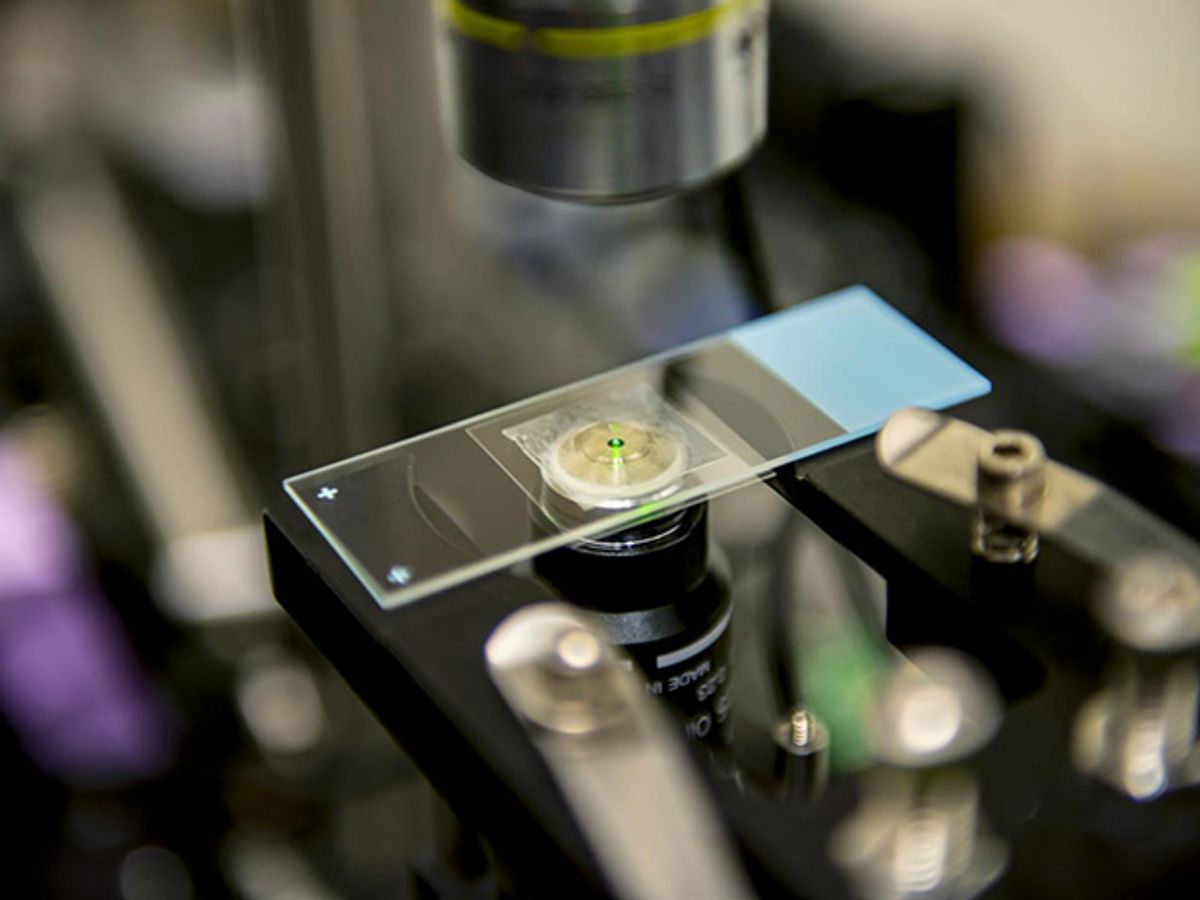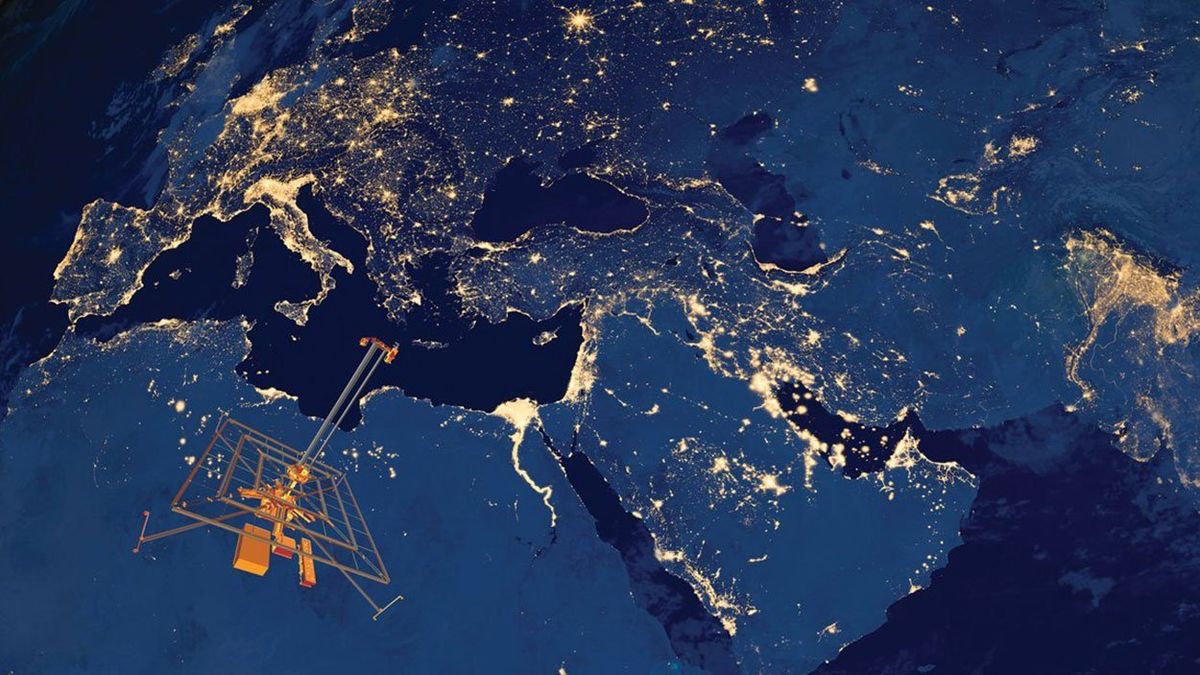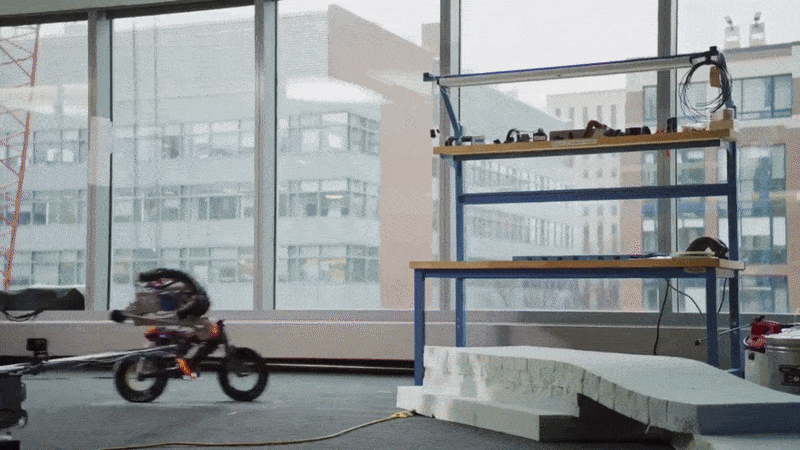Zapping something with a laser usually means heating it up. After all, you’re hitting it with a focused beam of high-energy radiation. But scientists at the University of Washington have used a laser to cool a liquid, reducing it from room temperature to just above 0°C.
“This is the first time in history lasers have been shown to cool water at room temperature,” says Peter Pauzauskie, a chemist at UW. Though scientists at Los Alamos National Laboratory first performed the feat 20 years ago, eventually managing to cool a target all the way down to 90K, they’d only accomplished it in a vacuum.
The refrigerating laser might prove useful in biology, allowing researchers to cool down cells and thus slow cellular activity so they can watch it. The freeze ray might also provide spot cooling on computer chips. The work was published late last month online in PNAS.
The trick to the cooling lies in a nanocrystal of yttrium lithium fluoride. Researchers doped the nanocrystals with tiny amounts of the rare earth element ytterbium. When the ytterbium absorbs a photon from an infrared laser, an electron is kicked up into an excited energy state. Normally excited electrons drop back to their lower energy state within nanoseconds, or even picoseconds, emitting a new photon in the process. But in ytterbium the excited state lasts for microseconds, roughly a million times as long.
That long lifetime gives the ytterbium ion enough time to absorb heat energy from the surrounding liquid, more heat than the laser is putting in. When the material finally emits a photon, that photon carries away the extra energy it absorbed. Essentially, heat within the liquid turns to light, which shines out of the liquid.
Alas, the invention isn’t really a freeze ray. The coldest temperature the team are able to achieve is about 3° or 4°C. “It’s a cooling ray,” Pauzauskie says. “We’ve not demonstrated freezing water with a laser cooling approach.”
And they’ve only cooled a small amount of liquid—a few microliters sandwiched between two glass microscope slides. Cooling a greater volume would require using more crystals, along with more laser power to illuminate those crystals. It takes about a Watt of laser power to get 2 mW of cooling. “At the moment we cannot cool a beaker of water or a large volume of material with a single laser beam.”
Still, he says, it may be possible to develop a more efficient nanocrystal material that can cool its environment even better. For now, though, supervillains looking to immobilize their enemies will have to invent their own freeze rays.
Neil Savage is a freelance science and technology writer based in Lowell, Mass., and a frequent contributor to IEEE Spectrum. His topics of interest include photonics, physics, computing, materials science, and semiconductors. His most recent article, “Tiny Satellites Could Distribute Quantum Keys,” describes an experiment in which cryptographic keys were distributed from satellites released from the International Space Station. He serves on the steering committee of New England Science Writers.



